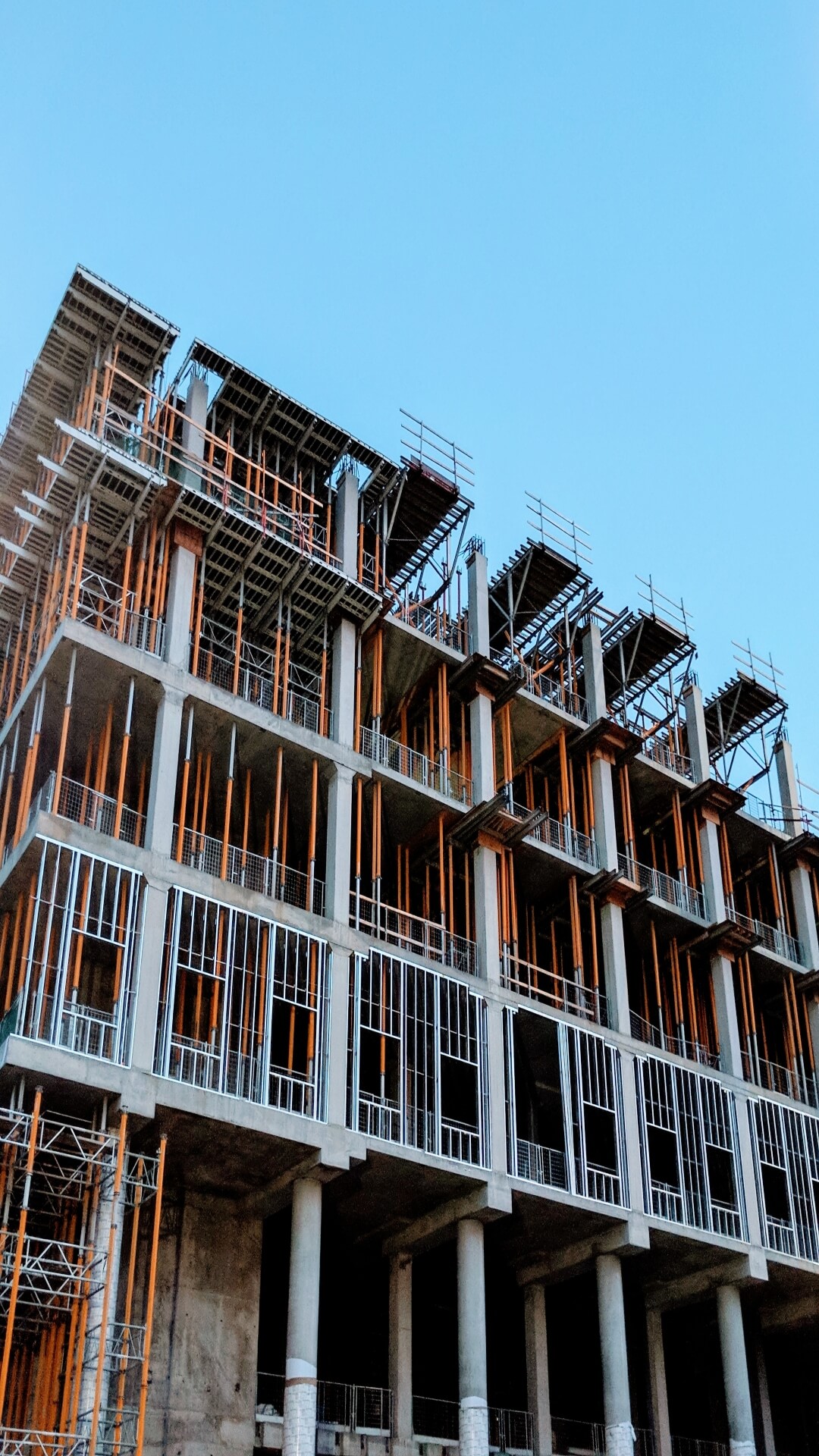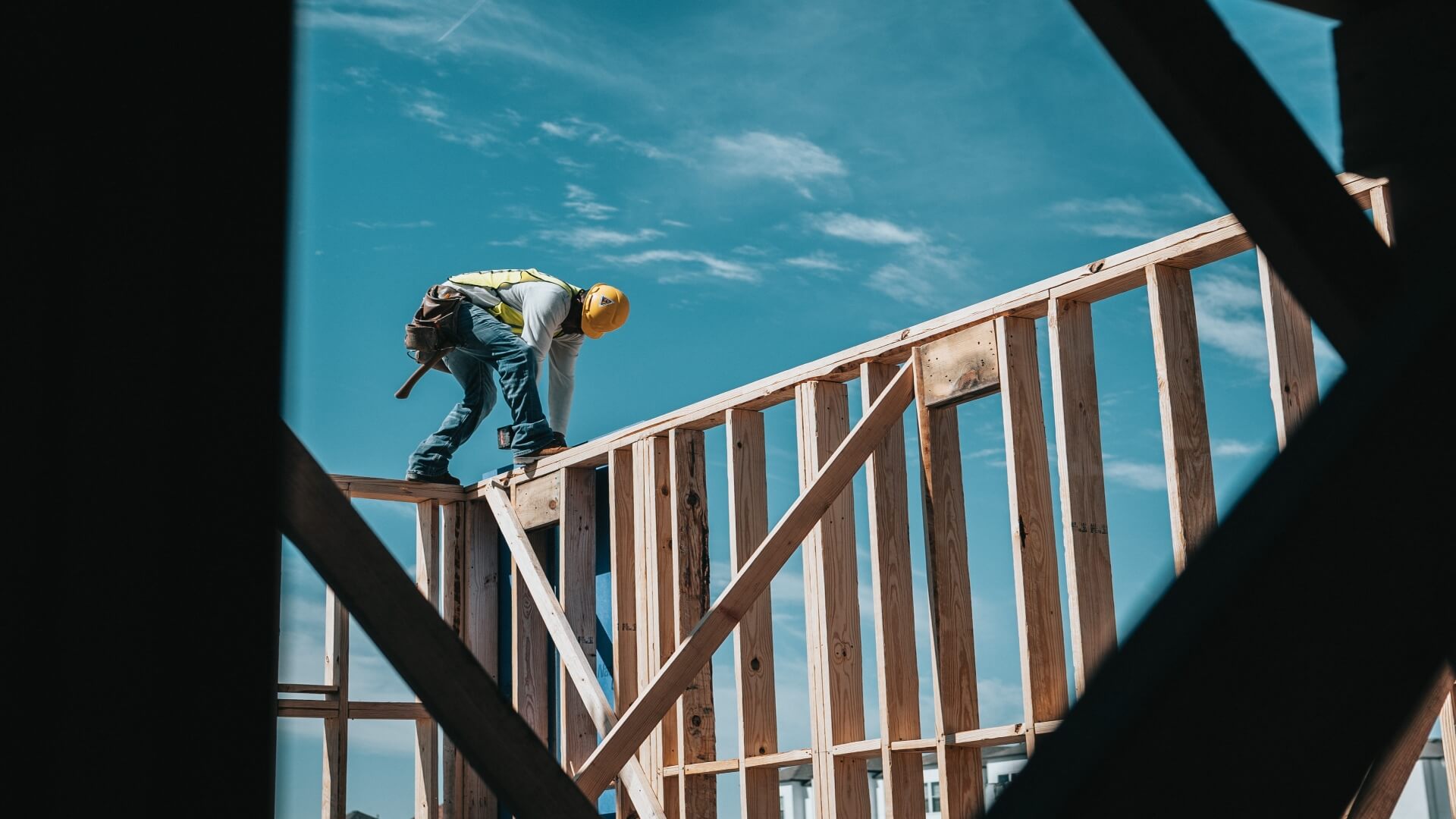Are you a construction worker, contractor, or employer who wants to ensure compliance with safety codes? Meeting OSHA construction standards should be your top priority. After all, they are essential in protecting workers and the overall job site from injury and illness. But it can often feel overwhelming–there’s so much to keep track of! Fortunately, there are several steps that every business should take in order to remain compliant with OSHA regulations.
In this blog post, we’ll discuss some tips for staying up-to-date on OSHA standards without too much hassle or headache! We’ll examine practices like building inspections, training programs for employees, hazard prevention plans, and more to make sure you hit every safety requirement when it comes to construction work. Read on to learn how you can stay safe while meeting industry guidelines!
Understanding the scope of OSHA
Keeping your employees safe in the workplace should be a top priority for any business owner. To achieve this goal, you must understand the scope of Occupational Safety and Health Administration (OSHA) regulations and compliance requirements. These regulations cover a wide range of workplace hazards and each industry has its own specific set of requirements. Failure to comply with these regulations can result in costly fines and potential lawsuits. It’s essential to stay up-to-date with OSHA standards and implement effective safety measures to protect your employees and prevent accidents in the workplace. By taking the necessary steps to comply with OSHA regulations, you’ll be working towards creating a safe and healthy work environment for all.
When it comes to staying up-to-date with OSHA regulations and ensuring compliance on your construction site, it’s essential to have a reliable source of information and guidance. Fortunately, there are several resources that can help you navigate the world of workplace safety and stay on top of the latest regulations. One of the most valuable resources for OSHA compliance is the agency itself. An OSHA expert can provide in-depth insights into the specific requirements for your location and industry. It’s also a good idea to review industry publications, such as trade journals and magazines, to stay informed about the latest developments in workplace safety.
Planning ahead
Deadlines can often sneak up on us, leaving us feeling overwhelmed and scrambling to complete our projects on time. However, by planning ahead, we can ensure that we meet all project deadlines with ease. The key is to break down the project into smaller tasks and set specific deadlines for each one. This not only helps us stay on track but also allows us to identify any potential issues early on and make adjustments as needed.
Additionally, by planning ahead, we can allocate our time and resources more effectively, leading to higher quality work and less stress overall. So, whether you’re working on a big project or a small one, taking the time to plan ahead can make all the difference in meeting your deadlines and achieving success.
Proper safety equipment
Every employee deserves to feel safe and protected in their workplace, which is why it is crucial to ensure that workers have access to the proper safety equipment. From hard hats to earplugs, and from gloves to safety goggles, every piece of equipment serves a vital purpose in preventing workplace accidents and injuries. Employers have a responsibility to provide their staff with the necessary protective gear and training to use it properly.
It is not only a legal requirement but also a moral obligation to ensure the well-being of the people who keep a business running. By taking the necessary steps to provide proper safety equipment, employers can create a safe environment where employees can work with peace of mind and focus on their job.
Ventilation and lighting
The importance of a safe work environment cannot be stressed enough, and providing adequate ventilation and lighting is a crucial part of achieving this. Proper ventilation ensures that the air quality in the workspace is healthy for everyone, reducing the risk of respiratory ailments caused by poor air circulation.
Adequate lighting not only enables employees to see better but also reduces eye strain, headaches, and other health issues associated with poor lighting. By investing in proper ventilation and lighting, employers not only create a safer work environment but also show that they prioritize their employees’ well-being, productivity, and job satisfaction.
Regular worker training for OSHA standards
Regular worker training for OSHA standards is vital for the success of any workplace. The Occupational Safety and Health Administration (OSHA) has set standards to ensure that every worker is guaranteed a safe and hazard-free environment. Failure to adhere to these standards can lead to serious injuries or even potential death. Regular training ensures that workers are up-to-date with OSHA standards and equipped with the necessary knowledge and skills to identify and handle hazardous situations.
It also promotes a culture of safety in the workplace, leading to increased productivity and job satisfaction. Investing in regular worker training for OSHA standards is not only a legal obligation but also a smart move for any employer concerned with the safety and well-being of their employees.
Regularly inspecting the worksite
As a responsible employer, ensuring a safe working environment for your employees is of utmost importance. Regularly inspecting the worksite for potential hazards or issues with compliance plays a crucial role in keeping your employees safe and avoiding any legal liabilities. By conducting regular checks, you can identify and address hazards before they cause harm to your workers. This proactive approach not only promotes safety but also creates a positive workplace culture where employees feel valued and cared for. So, make sure to prioritize worksite inspections to mitigate risks and ensure a safe working environment for all.
Meeting OSHA standards for construction work is no small task. It requires planning, knowledge, and diligence in order to ensure a safe environment and complete the project on time. Understanding the scope of construction regulations and taking proactive steps to plan ahead can make the entire process smoother. The importance of providing workers with proper safety equipment, adequate ventilation and lighting, and regular OSHA training cannot be overstated – these are crucial components in creating a safe workspace.
Finally, it’s essential that regular worksite inspections take place as they can help identify areas where standards are not being met or safety hazards exist. By following these simple tips you will be on your way to the building according to OSHA’s construction standards with greater success.



































